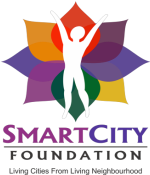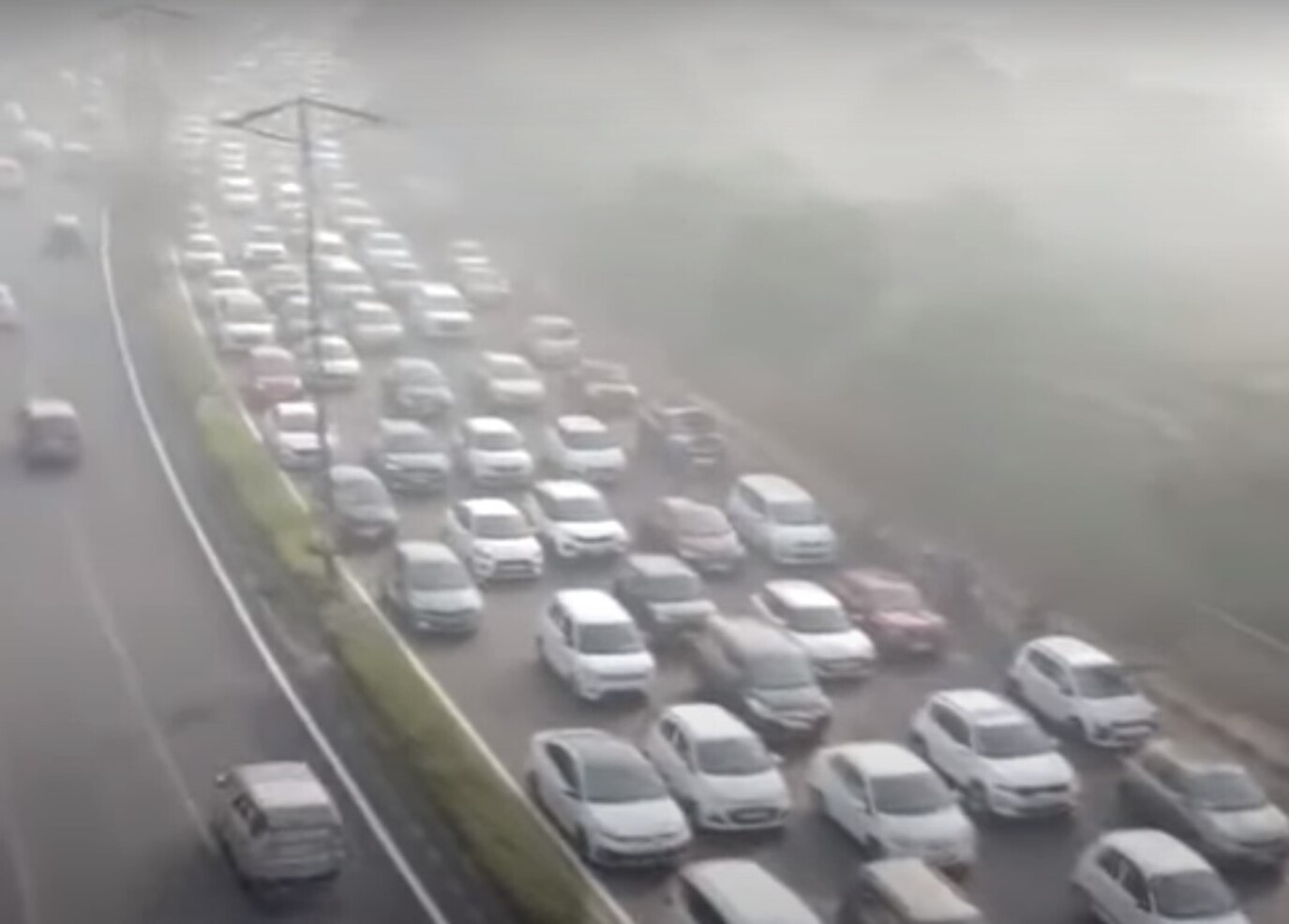India’s rapid economic growth has come at the cost of a significant rise in vehicular emissions, posing a serious threat to public health and the environment. As these emissions continue to soar, urgent action is needed to curb their impact and pave the way for cleaner air.
The Problem:
Vehicles, particularly diesel-powered ones, are major contributors to air pollution. They emit harmful pollutants like particulate matter (PM), nitrogen oxides (NOx), carbon monoxide (CO), and hydrocarbons. These pollutants are linked to numerous health problems, including:
- Respiratory illnesses: Asthma, bronchitis, and lung cancer are exacerbated by air pollution exposure.
- Cardiovascular diseases: Heart attacks, strokes, and other cardiovascular complications are associated with air pollution.
- Reduced visibility: Smog and haze can lead to accidents and disrupt daily life.
- Global warming: Released carbon dioxide contributes to climate change, impacting weather patterns and ecosystems.
Government Initiatives:
Both the central and state governments have taken steps to address this issue:
Emission Standards:
- Implementing stricter Bharat Stage Emission Standards (BSES), equivalent to Euro standards, to regulate vehicle emissions.
- Upgrading fuel quality to lower sulfur content to minimize harmful emissions.
Public Transportation:
- Investing in public transport systems like metro rails and electric buses to reduce reliance on private vehicles.
- Providing dedicated bus lanes and improving connectivity to incentivize public transport use.
Electric Mobility:
- Promoting electric vehicles (EVs) and charging infrastructure through subsidies and incentives to encourage clean transportation.
- Developing battery swapping and other technologies to address range anxiety and improve EV adoption.
Traffic Management:
- Implementing intelligent traffic management systems (ITMS) to optimize traffic flow and reduce congestion.
- Encouraging carpooling and ride-sharing through designated pick-up and drop-off zones and carpooling initiatives.
- Promoting staggered work hours to distribute traffic flow and reduce peak-hour congestion.
Specific Challenges:
- Traffic Intersections: Governments can implement synchronized traffic light systems, optimize signal timings, and improve intersection design to reduce wait times and congestion.
- Wide Roads Turning Narrow: Identifying and widening bottlenecks, constructing bypasses, and encouraging mixed-use development can address these issues and prevent traffic flow disruptions.
- Encroachments on Footpaths and Roads: Governments can enact and enforce strict laws against illegal parking, hawkers, and other encroachments to ensure smooth traffic flow and prioritize pedestrian safety.
Citizens’ Role:
Individuals can play a crucial role in reducing vehicular emissions by:
- Using public transport whenever possible.
- Opting for carpooling or ride-sharing options.
- Choosing cycling or walking for short distances.
- Maintaining their vehicles regularly for optimal performance and lower emissions.
- Avoiding unnecessary idling.
- Advocating for clean energy initiatives and supporting government policies that promote sustainable transportation.
Technological Interventions:
Emerging technologies offer promising solutions for cleaner transportation:
- Electric vehicles: Zero-emission EVs powered by batteries or hydrogen fuel cells.
- Hybrid vehicles: Combining a gasoline engine with an electric motor for improved fuel efficiency and reduced emissions.
- Biofuels: Renewable alternatives to fossil fuels derived from biomass sources.
- Smart transportation systems: Real-time traffic monitoring, dynamic signal control, and connected vehicle technology for improved efficiency and safety.
- Alternative transportation options: E-scooters, e-bikes, and micromobility solutions for short distance travel.
Looking Ahead:
Addressing the issue of vehicular emissions necessitates a collaborative effort. By implementing stronger regulations, promoting sustainable practices, embracing technological advancements, and holding each other accountable, we can create a future where clean air is not a privilege, but a right enjoyed by all. Remember, every step we take towards cleaner transportation contributes to a healthier planet for ourselves and future generations.

